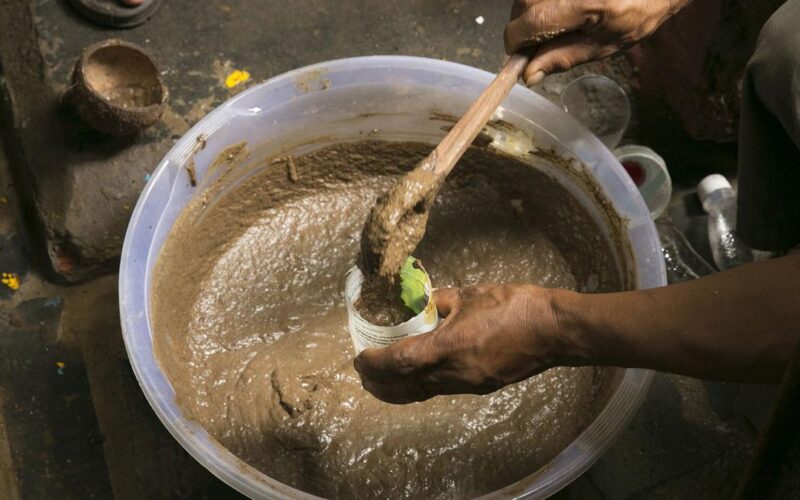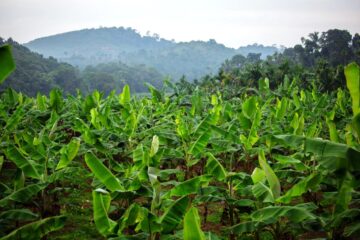Introduction
In ancient times, agriculture was exclusively dependent on natural fertilizers. However, with the increasing population and the need to boost food production, chemical fertilizers were introduced. Over time, excessive use of chemical fertilizers and pesticides has significantly reduced soil fertility. To restore such degraded lands and produce pesticide-free food, Panchagavya, an organic fertilizer, plays a vital role.
Production of Panchagavya
In organic farming, the fertilizers and growth stimulants for crops and plants must be naturally derived. Panchagavya is one such organic product. It is made from five essential products obtained from cows: cow dung, cow urine, milk, curd, and ghee. These are combined with additional ingredients like jaggery or sugarcane juice, tender coconut water, banana, and water.
Method of Preparation
- Initial Mixing: Mix 5 kg of fresh cow dung with 1 liter of cow ghee in a clay pot or plastic container. Stir this mixture thoroughly twice daily for three days.
- Adding Ingredients: On the fourth day, add the following to the mixture:
- 5 liters of cow urine
- 2 liters of cow milk
- 2 liters of curd
- 3 liters of sugarcane juice or 3 kg of jaggery dissolved in water
- 3 liters of tender coconut water
- 12 ripe bananas (preferably Poovan variety)
- Fermentation: Mix all the ingredients thoroughly. Keep the mixture in a shaded place with good ventilation. Stir it 2-3 times a day to ensure proper aeration, which enhances the activity of beneficial microorganisms. The mixture should be ready to use after fermentation. If stirred daily, Panchagavya can be stored and used for up to six months.
Application Method
Panchagavya should be used as a 3% solution, i.e., mix 3 liters of Panchagavya in 100 liters of water for application.
- Paddy Crops: Spray on the 10th, 15th, 30th, and 50th days after planting.
- Vegetables: Apply on the 30th, 45th, 60th, and 75th days after planting.
- Flowering Plants: Apply during the flowering stage.
For irrigated fields, mix 50 liters of Panchagavya solution per hectare with the irrigation water using drip or flow irrigation methods.
Benefits of Panchagavya
- Promotes Growth: Panchagavya acts as a natural growth stimulant for plants, enhancing their resistance to pests and diseases.
- Nutrient-Rich: It is rich in macro and micronutrients, resulting in increased crop yields and improved quality of produce.
- Prevents Flower Drop: Reduces flower dropping, ensuring better fruit and seed set.
- Improves Soil Fertility: Enhances soil health and supports beneficial microorganisms, promoting a sustainable agricultural environment.
- Animal Health: When administered to livestock (10-20 ml daily for goats, cattle, and pigs), it improves appetite, digestion, detoxification, and weight gain.
- Human Consumption: Panchagavya can also be consumed by humans in diluted form or as tablets, offering health benefits such as improved digestion and disease resistance.
Conclusion
Panchagavya is an effective organic fertilizer that promotes sustainable agriculture by enhancing soil fertility, crop yield, and quality. It also offers significant health benefits for livestock and humans, making it a versatile and valuable addition to organic farming practices.
Dr. P. Kumaravel, Dr. Gayathri Subbiah, Madras Veterinary College, Chennai – 600 007.










